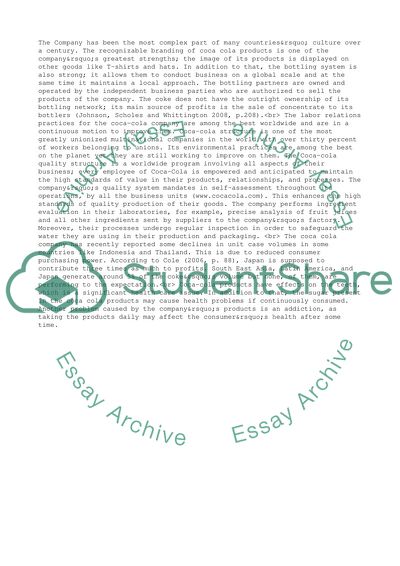Cite this document
(“REITS Case Study Example | Topics and Well Written Essays - 2500 words”, n.d.)
REITS Case Study Example | Topics and Well Written Essays - 2500 words. Retrieved from https://studentshare.org/business/1507048-reits
REITS Case Study Example | Topics and Well Written Essays - 2500 words. Retrieved from https://studentshare.org/business/1507048-reits
(REITS Case Study Example | Topics and Well Written Essays - 2500 Words)
REITS Case Study Example | Topics and Well Written Essays - 2500 Words. https://studentshare.org/business/1507048-reits.
REITS Case Study Example | Topics and Well Written Essays - 2500 Words. https://studentshare.org/business/1507048-reits.
“REITS Case Study Example | Topics and Well Written Essays - 2500 Words”, n.d. https://studentshare.org/business/1507048-reits.


